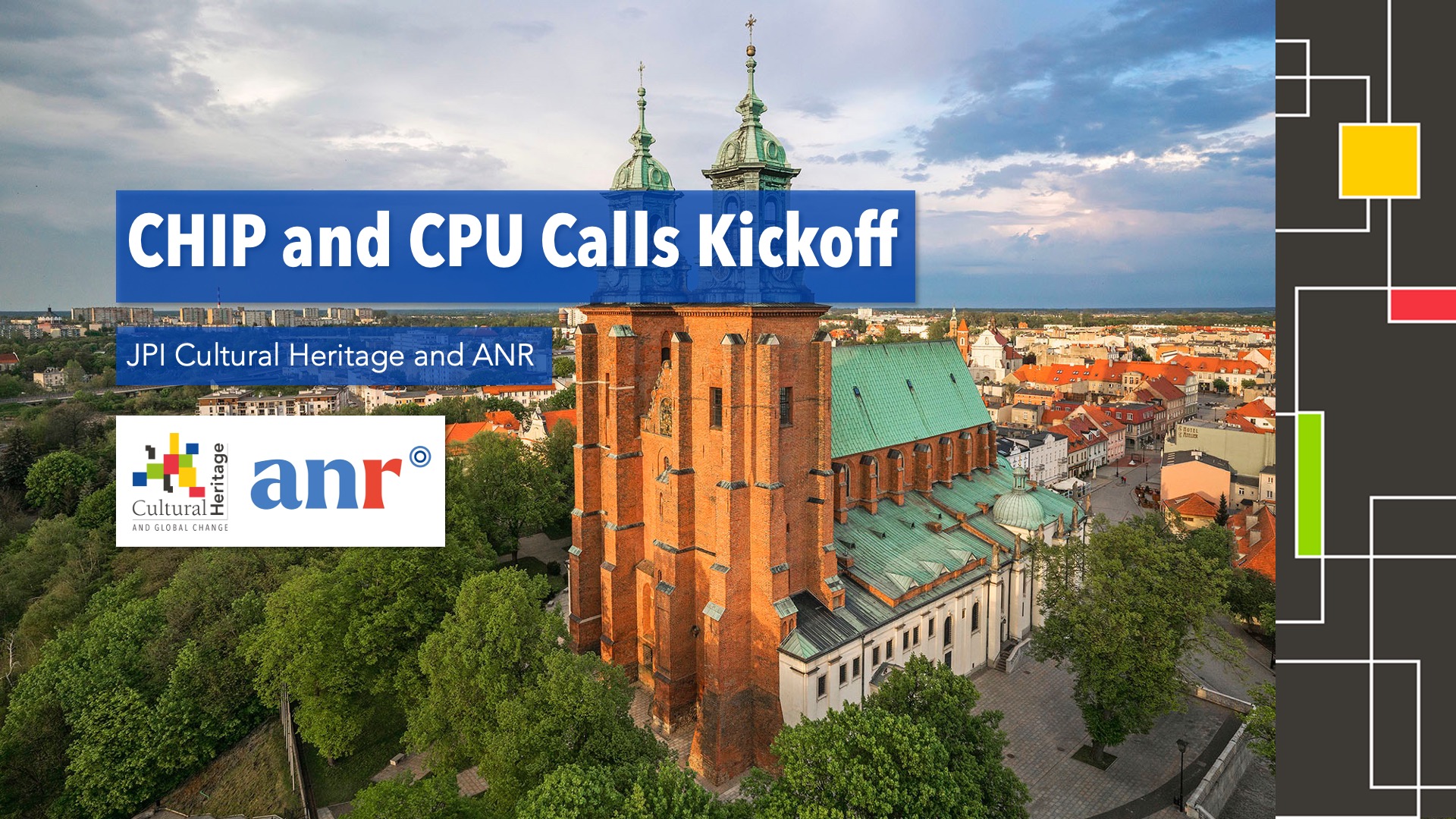
Project facts
Presentation
Main Project objective
Obtain virtual reconstructions of medieval artistic heritage – architecture with mural paintings – that are as close as possible to the original at different times, incorporating historical-artistic knowledge and the diachronic perspective of heritage, as an instrument for researchers, restorers and heritage curators and to improve the visitor’s perceptions and experiences.
Project specific objectives
- Reach a real understanding of the construction of the building and its structural “anomalies”.
- Solving chromatic problems derived from the different restoration criteria followed over the years, and digitally specify the original colouring of the paintings.
- Raise and propose the resolution of lighting problems. Improve the analysis of natural lighting, and deal with artificial lighting by chandeliers or oil lamps.
- To approach digitally the different perspectives of the medieval building and its paintings according to the categories of users (laity and clergy)
Project scope
Preserve and showcase each and every layer of three medieval sites (Santa Maria Antiqua, Sant Quirze de Pedret and Enkleistra of Saint Neophytos) with mural paintings, in short, its biography and its precise register by means of a technological instrument that allows them both to be preserved, regularly updated by incorporating the results of new research and disseminating them considering different levels of interest and preparation.
The lifecycle of the buildings will be digitally reproduced in all its temporal phases. Moreover, the 3D model will incorporate information on the different materials, techniques, and restoration works which the monument integrated during the centuries.
The project aims at incorporating not only how these painted buildings are and how they were, but also what function they had, how they were used and how they were perceived by the different users (the incidence of light, the space of the clergy, the space of the laity and the respective visuals they had of the paintings).
Impacts & Results
According to EHEM’s approach, the whole lifecycle of the building should be digitally reproduced, especially its mural paintings, because of their well-known fragility. Our project is a contribution – we even dare to call it essential – to ensure the preservation and to map the exhaustive knowledge of the complex biography of a medieval painted building. Thus, our results should become an essential tool for future interventions and research. The project will use the software aioli because it enables a whole storing, documenting, sharing and semantic enrichment of Cultural Heritage. It also will be implemented with the results of EHEM to the targeted users. Moreover, we expect that these new software technologies will suit the needs of many professionals (restorers, curators, Cultural Heritage agents and Art History researchers), usually restricted to fundamental tools like Data Base Management Systems (DBMS).
These models represent only an initial outline of the potential uses. They will allow the content framework to develop future mobile apps and video mappings for the dissemination of the cultural heritage to engage and enlarge the target audience. For example, the heritage owners/public administrations can integrate the model to haptic devices to facilitate the access to the monument to people with disabilities. Moreover, the model can be used to create game and entertainment applications for a younger audience.
Another use is related to the virtual and augmented reality both in situ and ex situ to enhance the experience of the visitors. The open-source platform can be exploited by small and medium-sized enterprises to create mobile apps and further development of the cultural sector.

